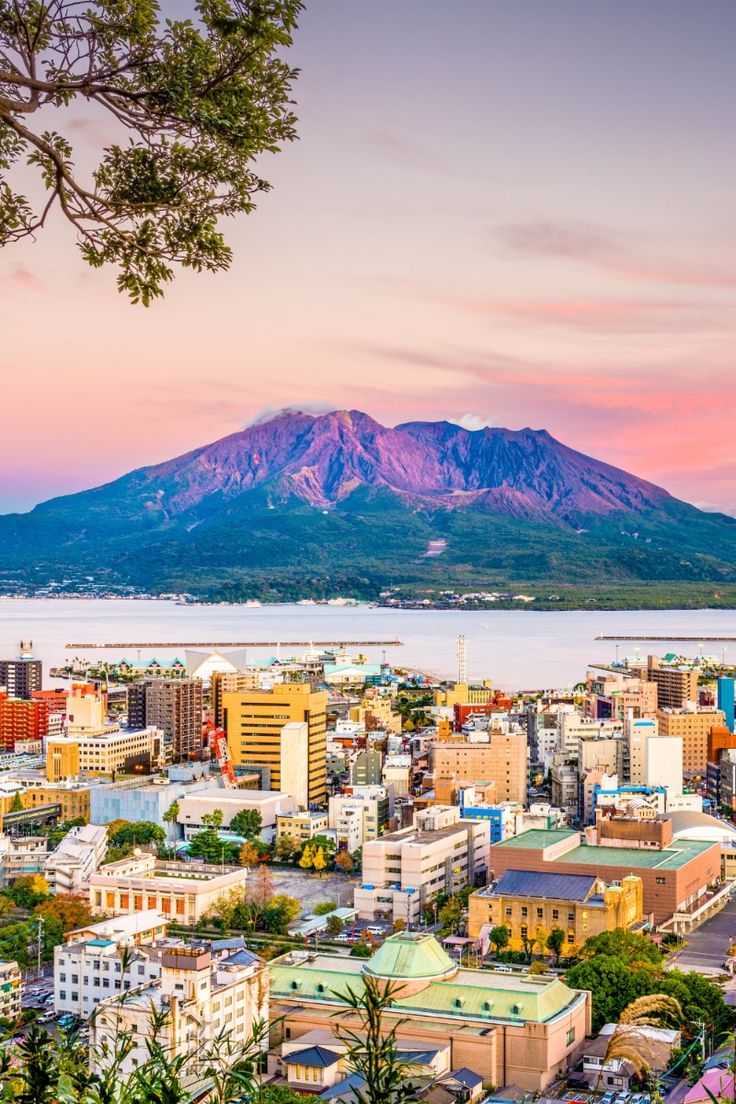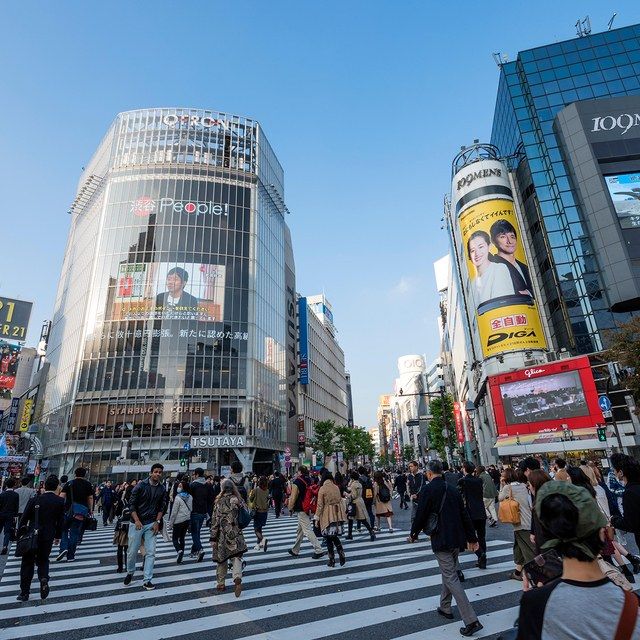Japan. The name itself conjures a cascade of images: serene temples nestled in bamboo groves, neon-drenched cityscapes pulsing with energy, stoic samurai from a bygone era, and the dizzying speed of a bullet train slicing through the countryside. It is a nation that exists in a perpetual, fascinating state of contradiction—a place where ancient tradition and hyper-futuristic innovation don’t just coexist, they intertwine, creating a cultural tapestry unlike any other on Earth.
For the outside observer, Japan can seem like a puzzle box of customs, technologies, and social norms. It’s a country with more pets than children, a place where you can buy hot canned soup from a street-side machine, and where the most profound respect is shown with a silent bow. To truly appreciate its depth is to embrace its quirks, its marvels, and its downright bizarre sense of humor.
In this exploration, we will delve into 20 amazing facts that offer a glimpse into the soul of Japan. We’ll journey from its unique geography to its culinary eccentricities and its societal oddities. And, as a grand finale to this cultural tour, we will uncover the story behind one of the most audacious, terrifying, and hilarious pieces of television ever created: the legendary Japanese prank elevator. Prepare to have your perceptions of this incredible nation expanded, challenged, and thoroughly entertained.
1. A Nation of Over 6,800 Islands

When people think of Japan, they typically picture the four main islands: Honshu, Hokkaido, Kyushu, and Shikoku. These are indeed the largest and most populated. However, the Japanese archipelago is a sprawling chain of 6,852 islands in total. Many of these are tiny and uninhabited, volcanic remnants dotting the Pacific. This geography has profoundly shaped Japan’s culture, leading to distinct regional dialects, cuisines, and customs. It also explains the nation’s deep connection to the sea, which is a source of food, transportation, and spiritual reverence.
2. The Vending Machine Kingdom
Japan is the undisputed champion of automated retail. There is approximately one vending machine for every 23 people in the country. While you can find the standard soft drinks and snacks, Japanese vending machines—or jidouhanbaiki—offer an astonishing array of products. You can purchase hot coffee, canned corn soup, beer, sake, umbrellas, fresh eggs, flower bouquets, and even dashi (a traditional soup stock). This prevalence is due to a combination of factors: high population density, a low crime rate (vandalism is rare), a cash-based society, and an insatiable appetite for convenience.
3. More Pets Than Children
In a demographic trend that surprises many, Japan’s pet population has outstripped its number of children under the age of 15. The country’s low birth rate and aging population are major contributing factors. For many, especially in urban areas where raising a child can be prohibitively expensive and logistically challenging, pets offer companionship and emotional fulfillment. This has led to a booming pet industry, with lavish pet stores, designer pet clothing, and even luxury pet spas.
4. The Shinkansen: Punctuality Measured in Seconds
Japan’s bullet train, the Shinkansen, is a global icon of efficiency and technological prowess. It’s not just famous for its incredible speed (regularly hitting 320 km/h or 200 mph), but for its mind-boggling punctuality. The average delay for a Shinkansen train over an entire year is less than a minute. This figure includes delays caused by natural disasters like earthquakes and typhoons. On a daily operational basis, delays are measured in mere seconds. This precision is a reflection of a broader cultural value placed on punctuality and respect for others’ time.
5. The Art of the Apology

In Western cultures, an apology is often an admission of guilt. In Japan, it’s far more nuanced. The act of apologizing (ayamaru) is a crucial social lubricant used to show respect, maintain harmony, and acknowledge an inconvenience, regardless of fault. There are numerous levels and types of apologies, from a simple head nod to a deep, formal bow (dogeza), which is reserved for the most serious transgressions. This cultural emphasis on apology helps to smooth social interactions and prevent conflicts from escalating.
6. A Kaleidoscope of Kit Kat Flavors
Forget milk chocolate. In Japan, the Kit Kat is not just a candy bar; it’s a cultural phenomenon. There have been over 300 limited-edition and regional flavors, ranging from the delicious to the downright bizarre. You can find wasabi, sake, sweet potato, green tea (matcha), cherry blossom, and even soy sauce flavored Kit Kats. The name “Kit Kat” sounds similar to the Japanese phrase “kitto katsu,” which means “you will surely win.” This has made them a popular good-luck gift for students before exams.
7. Square Watermelons: For Convenience, Not Taste
Yes, square watermelons are real, but they aren’t a genetically modified freak of nature. They are regular watermelons grown inside square, tempered glass boxes, forcing them to take on the shape of their container. The original purpose was purely practical: a square watermelon fits more neatly in a refrigerator and is easier to stack and ship. They are, however, incredibly expensive—often costing over $100 USD—and are typically purchased as novelty gifts rather than for consumption, as they are often harvested before they are fully ripe.
8. Rabbit Island
Ōkunoshima, an island in the Inland Sea of Japan, has a dark past and a fluffy present. During World War II, it was a top-secret chemical weapons production site. Today, it’s known as Usagi Shima or “Rabbit Island,” and is home to hundreds of friendly, feral rabbits that roam the island freely. It’s a major tourist attraction where visitors can feed and interact with the adorable residents, creating a surreal contrast with the island’s grim history.
9. Toilets That Do More Than Flush
Japanese toilets, often called “washlets,” are marvels of engineering and personal hygiene. A standard high-tech toilet in a Japanese home or hotel can feature a heated seat, a built-in bidet with adjustable water pressure and temperature, a warm-air dryer, and even a “privacy” button that plays flushing sounds to mask any embarrassing noises. For a first-time user, the complex control panel can be intimidating, but for many Japanese people, returning to a “low-tech” Western toilet is a truly primitive experience.
10. The Loneliness of the Hikikomori

On a more somber note, Japan is home to a unique social phenomenon known as hikikomori. The term refers to reclusive individuals, often young men, who withdraw completely from society, sometimes not leaving their rooms for months or even years. It is a complex social and psychological issue, often linked to immense social pressure, bullying, or a failure to meet academic or professional expectations. It highlights the intense pressure to conform that can exist within Japanese society.
11. The World’s Shortest Escalator
In the basement of the More’s Department Store in Kawasaki, you will find the world’s shortest escalator. It has just five steps and a vertical rise of a mere 83.4 centimeters (32.8 inches). It’s a testament to Japan’s dedication to convenience and automation, even when it borders on the absurd. Why walk down five steps when a machine can do it for you?
12. Eating Noisy Noodles is a Compliment
While slurping your soup or noodles might be considered rude in many countries, in Japan, it’s perfectly acceptable and even encouraged. Slurping noodles, such as ramen, soba, or udon, is believed to do two things: it helps cool the hot noodles as they enter your mouth, and it enhances their flavor. It’s also seen as a way of audibly expressing your enjoyment of the meal to the chef. So, if you’re at a ramen shop in Tokyo, don’t be shy—slurp away!
13. A Country Shaken by 1,500 Earthquakes a Year
Situated on the Pacific Ring of Fire, where several tectonic plates meet, Japan is one of the most seismically active places on Earth. It experiences around 1,500 earthquakes annually. Most are minor tremors that go unnoticed, but the constant threat of major quakes has deeply influenced Japanese architecture, disaster preparedness, and the national psyche. Schoolchildren regularly participate in earthquake drills, and buildings are constructed with cutting-edge technology to sway with tremors rather than collapse.
14. The Cherry Blossom Forecast
The blooming of the cherry blossoms (sakura) is a major cultural event in Japan. It’s so important that the Japan Meteorological Agency releases an official cherry blossom forecast, tracking the “blossom front” (sakura zensen) as it moves north across the country. People use this forecast to plan hanami (flower viewing) parties, where friends, families, and colleagues gather under the blossoming trees to eat, drink, and celebrate the beautiful but fleeting nature of life.
15. Cat Cafés and Other Animal Comforts
Cat cafés, where patrons pay an hourly fee to drink coffee and play with resident felines, originated in Taiwan but were perfected and popularized in Japan. Their success is largely due to the fact that many urban apartments forbid pets. These cafés provide a much-needed dose of animal therapy for stressed-out city dwellers. The trend has since expanded to include cafés featuring owls, hedgehogs, snakes, and even capybaras.
16. Karoshi: Death from Overwork
The famously diligent Japanese work ethic has a dark side: karoshi, which translates literally to “death from overwork.” It is a legally recognized cause of death in Japan, referring to fatalities caused by work-related stress, such as strokes or heart attacks, and suicides attributed to workplace pressure. While the government and companies are taking steps to address the issue by promoting better work-life balance, it remains a serious social problem reflecting the immense demands of the corporate world.
17. The World’s Oldest Continuously Operating Company
Until its acquisition in 2006, the Japanese construction company Kongō Gumi was the world’s oldest continuously operating business. It was founded in 578 AD! For over 1,400 years, the family-run business specialized in building and maintaining Buddhist temples. This incredible longevity speaks to the Japanese reverence for tradition, craftsmanship, and the passing down of skills through generations.
18. The Best Prank Elevator In Japan
Japanese television is famous for its wild, unpredictable, and often physically punishing game shows, known as batsu games (punishment games). These shows push the boundaries of comedy in ways that Western audiences might find shocking. And no single stunt better encapsulates this love for extreme, high-concept humor than the legendary prank elevator.
Imagine this: a group of unsuspecting Japanese celebrities or members of the public are invited into what appears to be a normal elevator. They step inside, the doors close, and perhaps they engage in a bit of nervous small talk. Suddenly, a loud, piercing alarm blares. The lights flicker ominously. Before they can even process what’s happening, the floor beneath their feet vanishes.
Whoosh.
With a collective shriek of pure, unadulterated terror, the occupants plummet downwards. It’s not a freefall in the truest sense; they are dropped onto a steep, concealed slide built into the elevator shaft. For a brief, heart-stopping moment, they experience the gut-wrenching sensation of the world falling away from them. Their descent is fast, chaotic, and utterly disorienting. They land, a few seconds later, in a heap on a soft, padded mat at the bottom of the slide, bewildered and breathless, as hidden cameras capture every hilarious, terrified expression.
This prank, featured on shows like “Dokkiri Award” (Prank Award), is a masterpiece of psychological and physical comedy. It works on multiple levels. First, there’s the violation of a deeply ingrained sense of safety. An elevator is a mundane, trusted space. Its sudden transformation into a death trap is a profound shock to the system. Second, there’s the raw, unfiltered human reaction. The transition from composure to panic to relieved laughter is comedic gold.
Culturally, the prank highlights a fascinating aspect of the Japanese psyche. In a society that is, on the surface, incredibly polite, orderly, and reserved, there is a huge appetite for chaotic, slapstick, and even cruel humor in entertainment. It acts as a release valve. Seeing famous, respected celebrities subjected to these absurd punishments is a great equalizer. It’s a reminder not to take oneself too seriously. The prank is meticulously planned for safety—the slide is smooth, the landing is soft—but the emotional whiplash it delivers is very real. It stands as the pinnacle of Japanese prank culture: audacious, technologically clever, and hilariously terrifying.
19. Inemuri: Sleeping on the Job
While sleeping at your desk would get you fired in most countries, in Japan, it can be seen as a sign of diligence. The practice of inemuri, or “sleeping while present,” is socially accepted. The logic is that the person is so dedicated to their job that they have worked themselves to the point of exhaustion. It’s not a deep sleep, but a short nap at a meeting or on the train. There are rules, however: you must remain upright to show you are still socially engaged, and it’s generally only acceptable for senior employees who have earned their stripes.
20. A Future Built by Robots
Japan has one of the highest densities of industrial robots in the world, and its fascination with robotics extends far beyond the factory floor. The country is a pioneer in the development of social and service robots. You can find robots working as hotel receptionists (the Henn-na Hotel is famously staffed almost entirely by them), companions for the elderly (like the therapeutic seal robot, Paro), and even as chefs in some restaurants. As Japan’s population continues to age and shrink, many see advanced robotics not as a threat, but as an essential solution for the future of labor and elder care.
Conclusion: A Land of Endless Discovery
From the sacred silence of a Shinto shrine to the chaotic hilarity of a floorless elevator, Japan is a nation that defies easy categorization. Each of these 20 facts is a small window into a vast and intricate culture. They reveal a society that values harmony but loves chaos, reveres ancient tradition but relentlessly pursues the future, and expresses itself in ways both profoundly subtle and outrageously bold.

